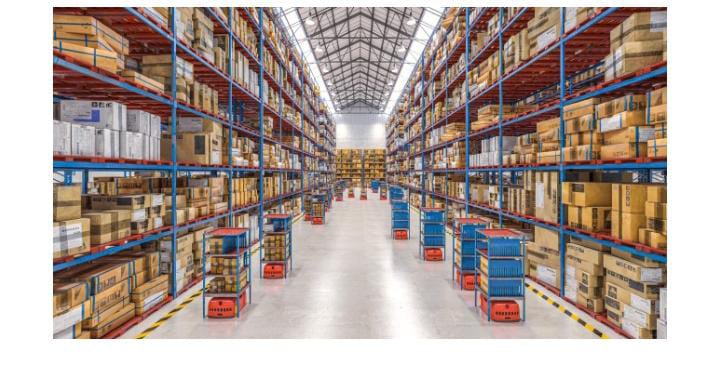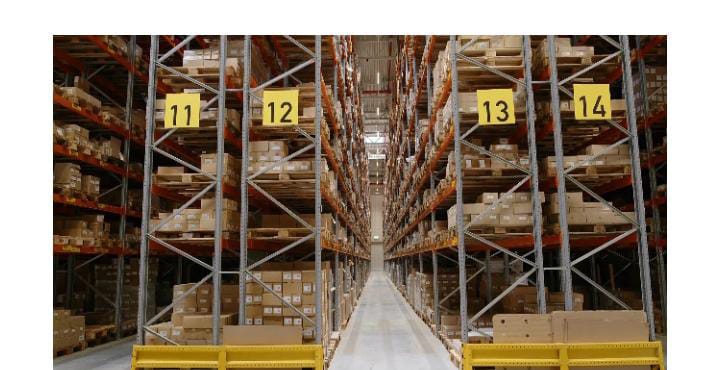
What Does 3PL Mean? Understanding the Definition and Significance
In today’s fast-paced and globally interconnected business landscape, optimizing supply chain management is paramount for achieving success. One integral element that has emerged as a game-changer in the logistics realm is Third-Party Logistics (3PL). But what does 3PL mean, and why has it become a critical component for businesses worldwide? In this comprehensive blog, we will delve into the concept of 3PL, explore its functions, advantages, and its profound impact on modern supply chain management.
Unpacking the Definition of 3PL
At its core, 3PL refers to Third-Party Logistics—a strategic model where businesses entrust various logistics and supply chain functions to specialized providers, known as 3PL providers. These providers act as intermediaries, bridging the gap between manufacturers or suppliers and retailers or consumers. The term “third-party” signifies the separation of these logistics services from the core operations of the businesses, paving the way for efficient outsourcing.
In the initial stages, 3PL primarily encompassed transportation services, allowing companies to outsource their shipping needs. However, the landscape of 3PL has evolved significantly over the years. Today, 3PL providers offer a comprehensive suite of services, transforming into valuable partners that can optimize the entire logistics process.
The Functions of 3PL Providers
Central to the concept of 3PL are the essential functions that these providers execute on behalf of businesses. A key function of 3PL providers is warehousing, where they manage and store inventories efficiently. They leverage advanced warehouse management systems to ensure precise tracking, organization, and storage of goods. Moreover, 3PL providers offer transportation services, managing the movement of goods from manufacturers to distribution centers, and ultimately, to the end consumers.
Another critical function of 3PL providers is order fulfillment. With the rise of e-commerce, the demand for efficient and accurate order processing has grown exponentially. 3PL providers step in to handle the complexities of order fulfillment, from picking and packing to shipping and delivery, optimizing the entire process for businesses and end customers alike.
Additionally, 3PL providers often offer value-added services, tailoring solutions to meet specific business needs. These may include pick and pack services, kitting, labeling, product customization, and other services that add value and efficiency to the supply chain.
The Role of 3PL in Supply Chain Management
In the vast and intricate world of supply chain management, 3PL plays a pivotal role in streamlining and optimizing operations. By taking charge of critical logistics functions, 3PL providers enable businesses to concentrate on their core competencies. This strategic outsourcing allows companies to allocate their resources efficiently, directing them towards driving innovation, product development, and customer experience.
Furthermore, 3PL providers enhance supply chain visibility and control. They provide businesses with real-time data and insights, allowing better decision-making and adaptability to changes in demand or market conditions. Through this improved visibility, businesses can identify potential inefficiencies and areas for improvement within their supply chains, driving continuous enhancement.

Differentiating 3PL from Other Logistics Models
To grasp the significance of 3PL fully, it’s essential to differentiate it from other logistics models. The term “PL” represents the party in the logistics chain. In 1PL (First-Party Logistics), businesses handle their logistics and supply chain operations in-house. This model is commonly found in businesses with a limited scale or localized operations.
In 2PL (Second-Party Logistics), businesses engage carriers or transportation companies to handle the movement of their goods. In this model, businesses maintain control over their inventory and transportation while outsourcing the actual transportation function to specialized carriers.
3PL, on the other hand, offers a comprehensive logistics package. It goes beyond just transportation and involves managing warehousing, distribution, and other essential logistics functions. 3PL providers act as strategic partners, offering expertise, efficiency, and scalability that businesses can leverage for better performance.

Advantages and Disadvantages of 3PL
Like any business model, 3PL comes with its share of advantages and potential challenges. One of the primary advantages of 3PL is scalability. As businesses grow or experience fluctuations in demand, 3PL providers can adjust their services accordingly, ensuring a seamless supply chain process.
Flexibility is another critical advantage. 3PL providers offer a wide range of services and can cater to different industries and business models. Whether a business needs assistance with warehousing, transportation, or order fulfillment, 3PL providers can tailor their solutions to suit specific needs.
By leveraging the expertise of 3PL providers, businesses gain access to specialized knowledge and technology. 3PL providers continuously invest in cutting-edge warehouse management systems, transportation optimization, and other technologies, providing businesses with an edge in the competitive market.
Moreover, 3PL reduces the need for businesses to invest heavily in logistics infrastructure, such as warehouses and fleets. This translates to cost savings on capital expenditures and allows businesses to allocate resources to other critical areas.







